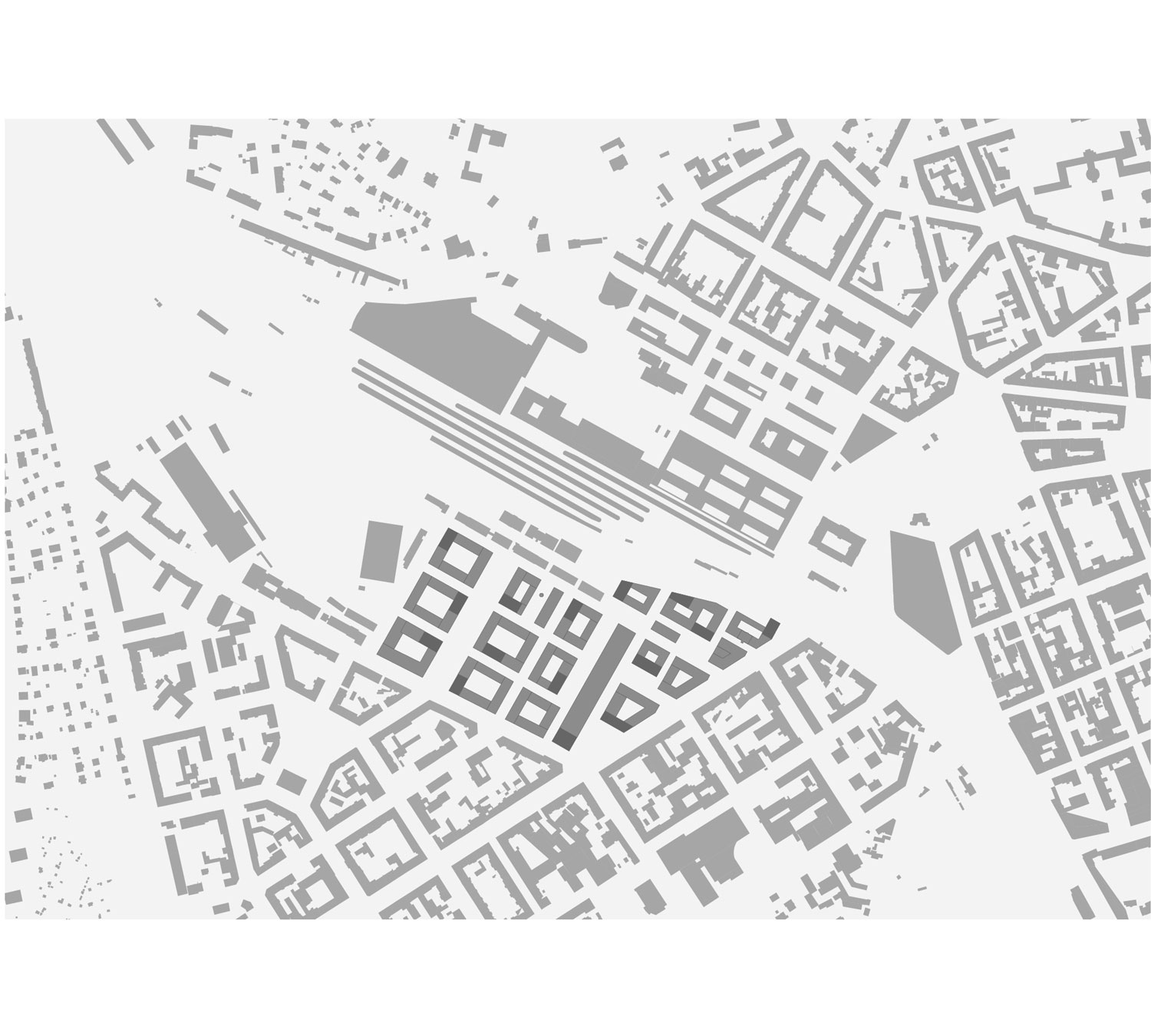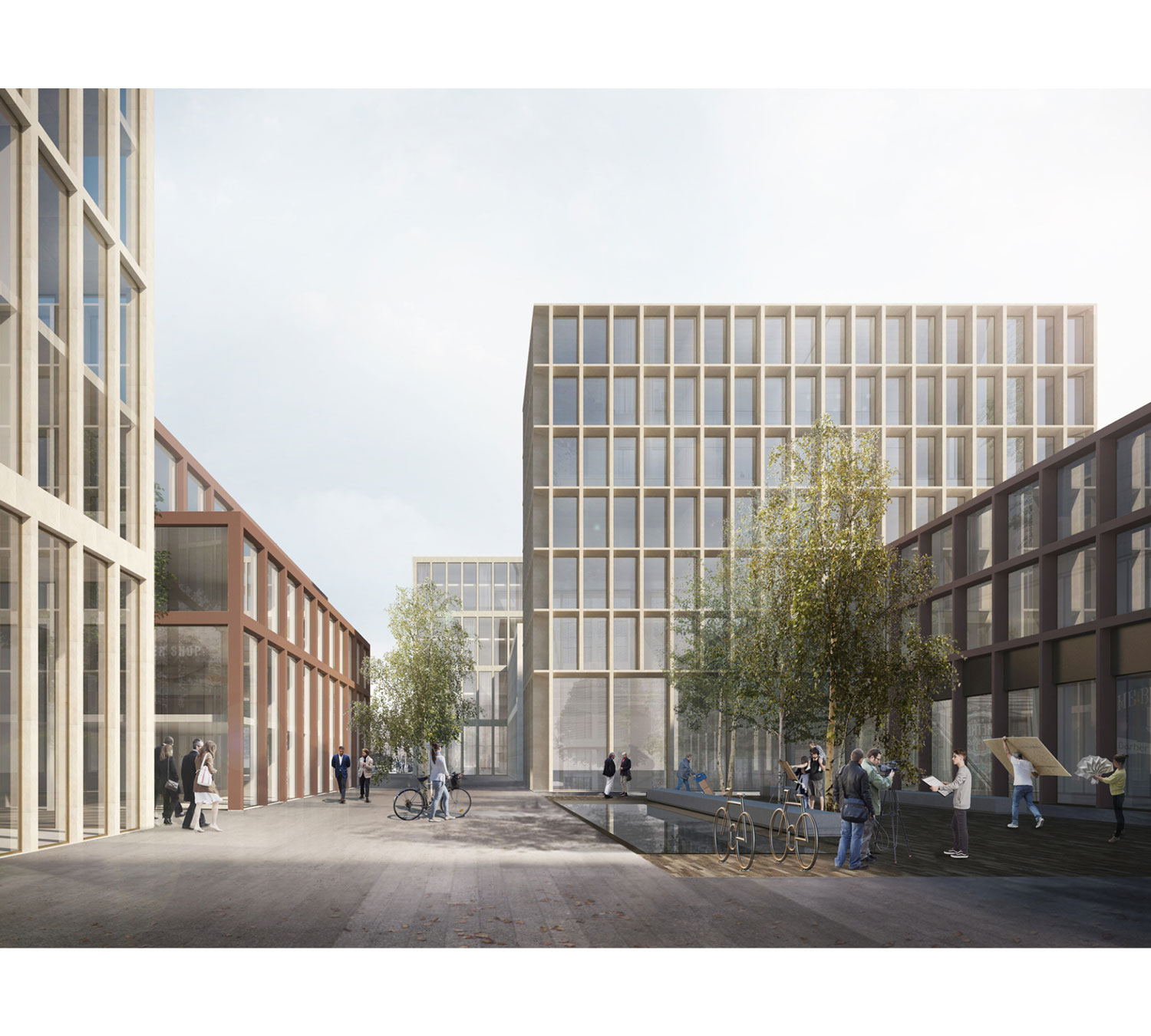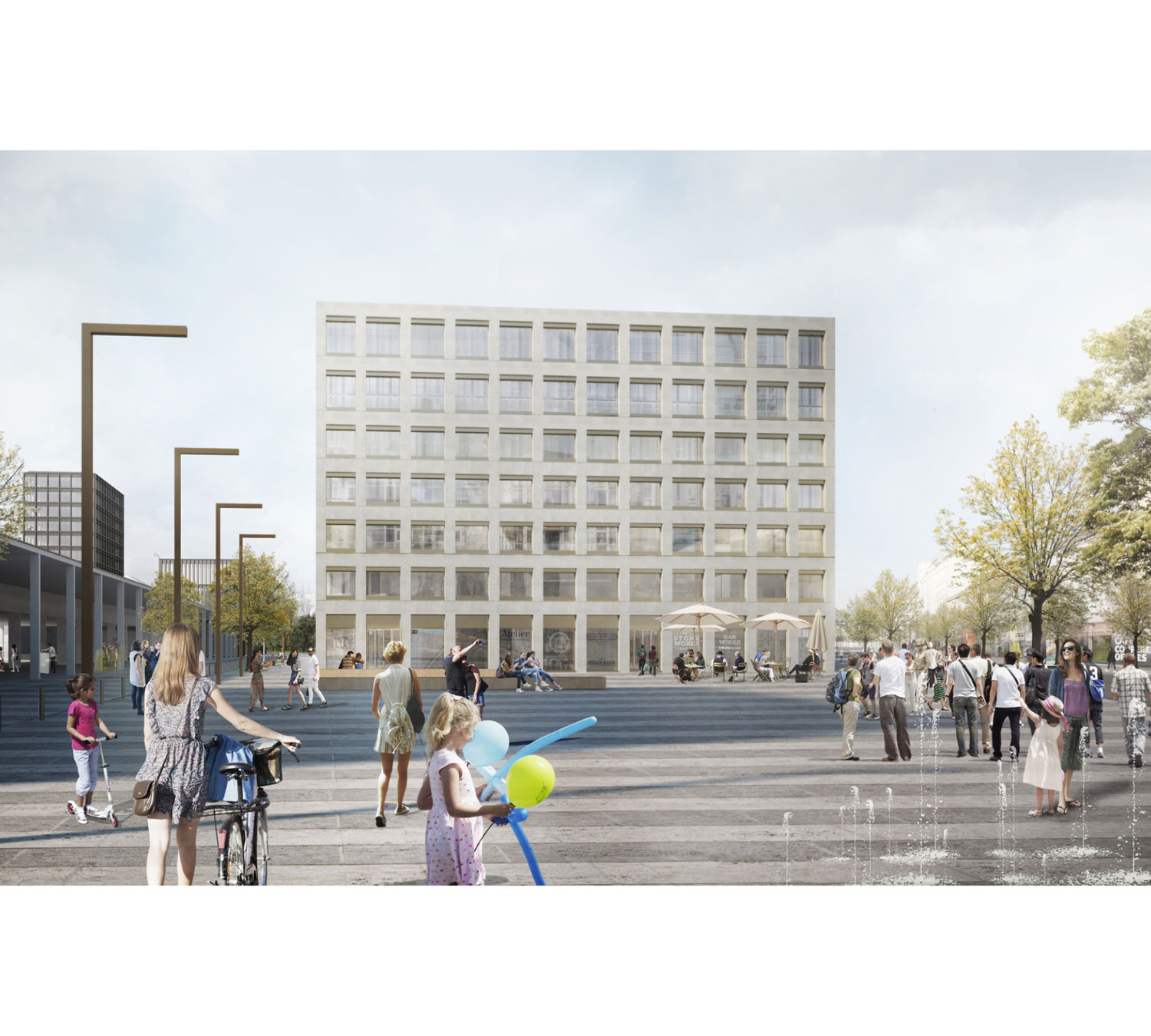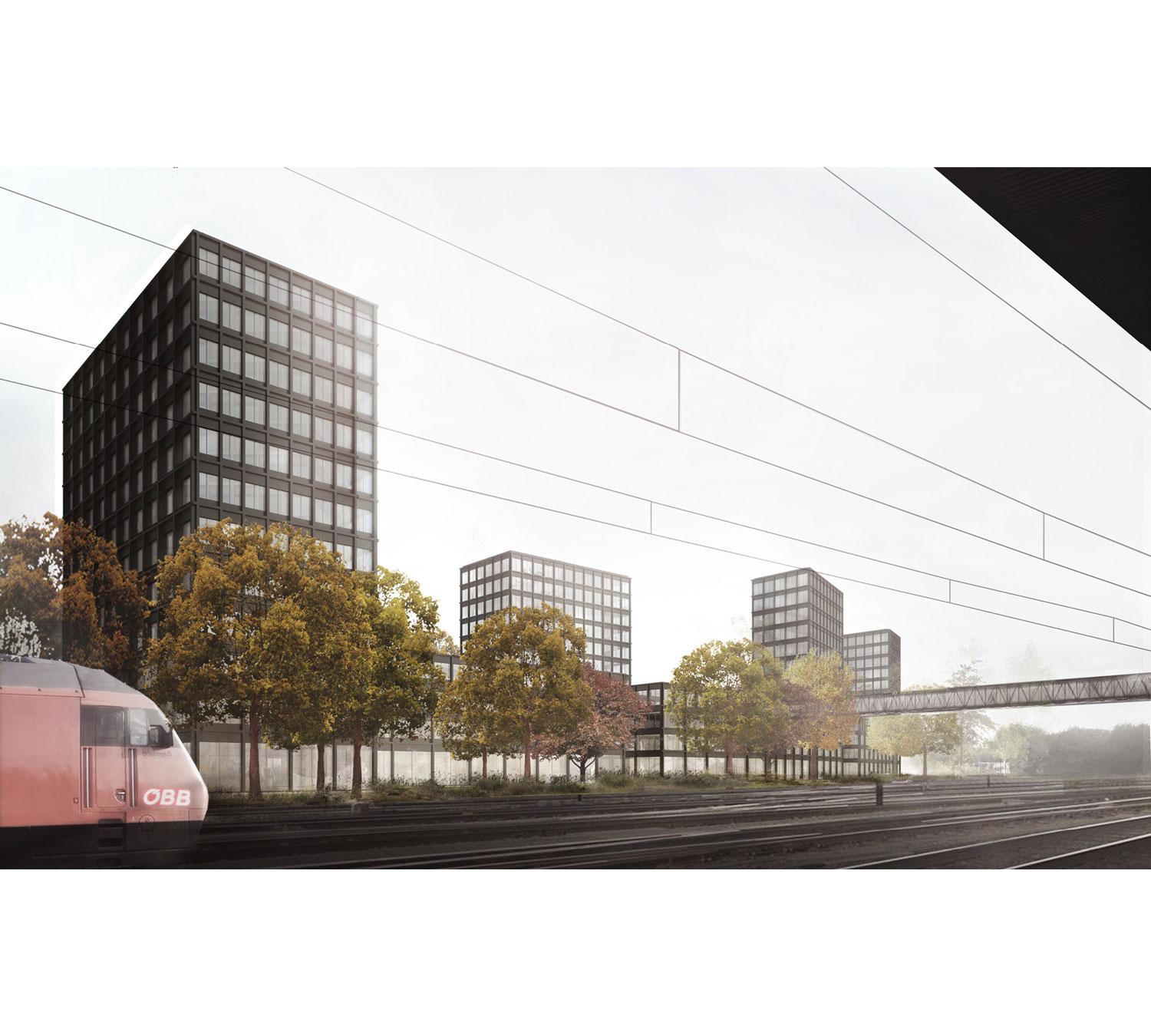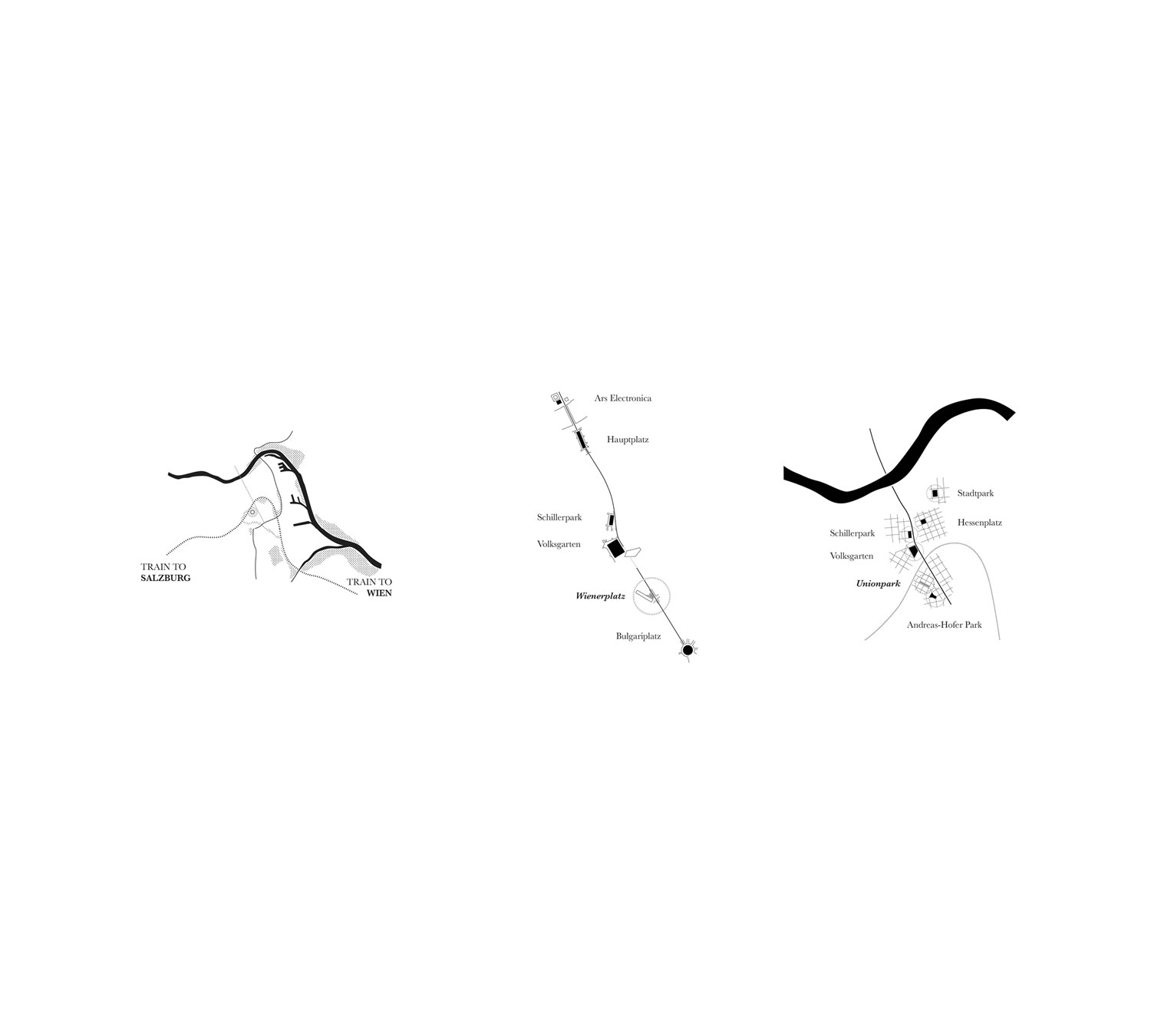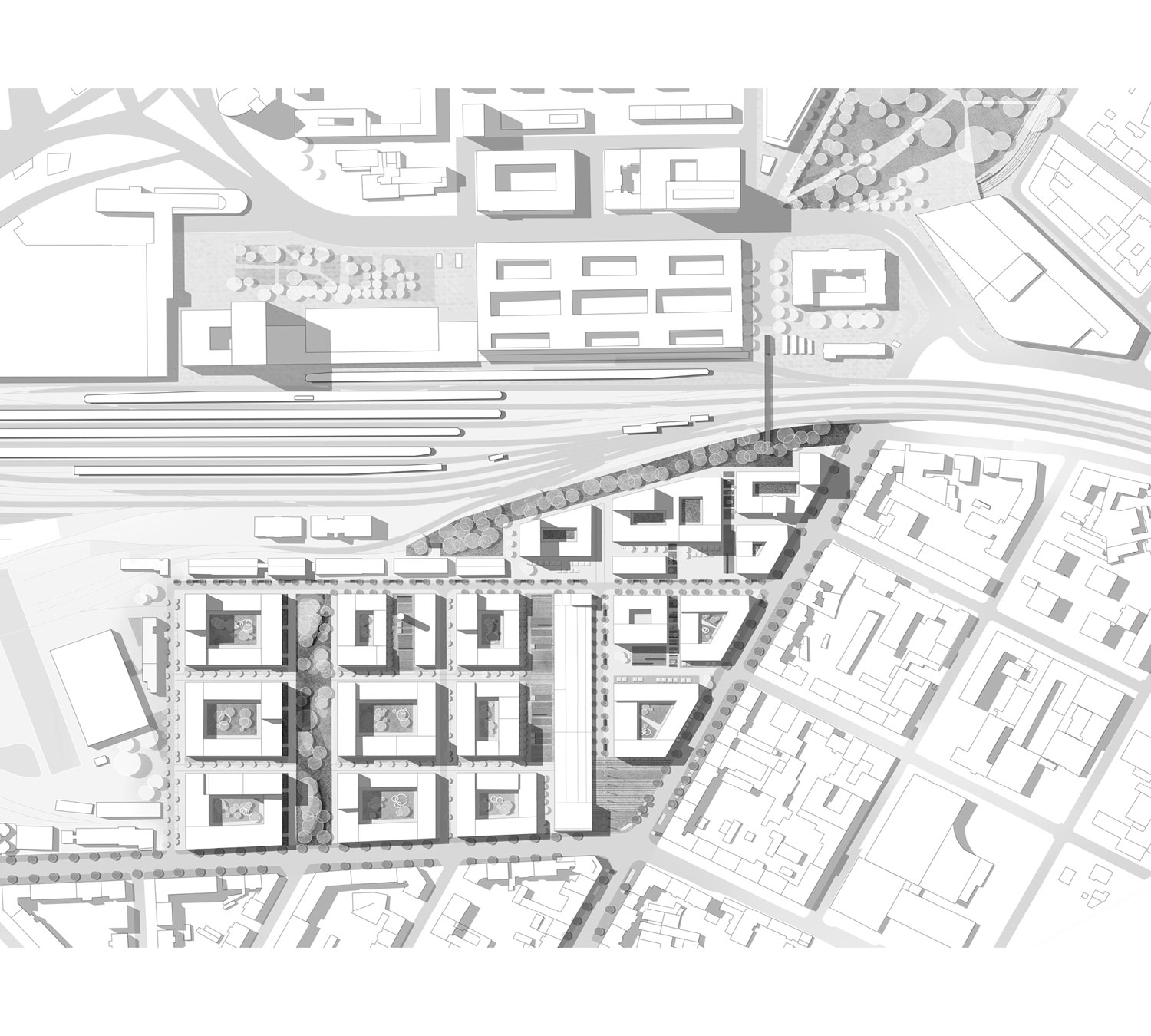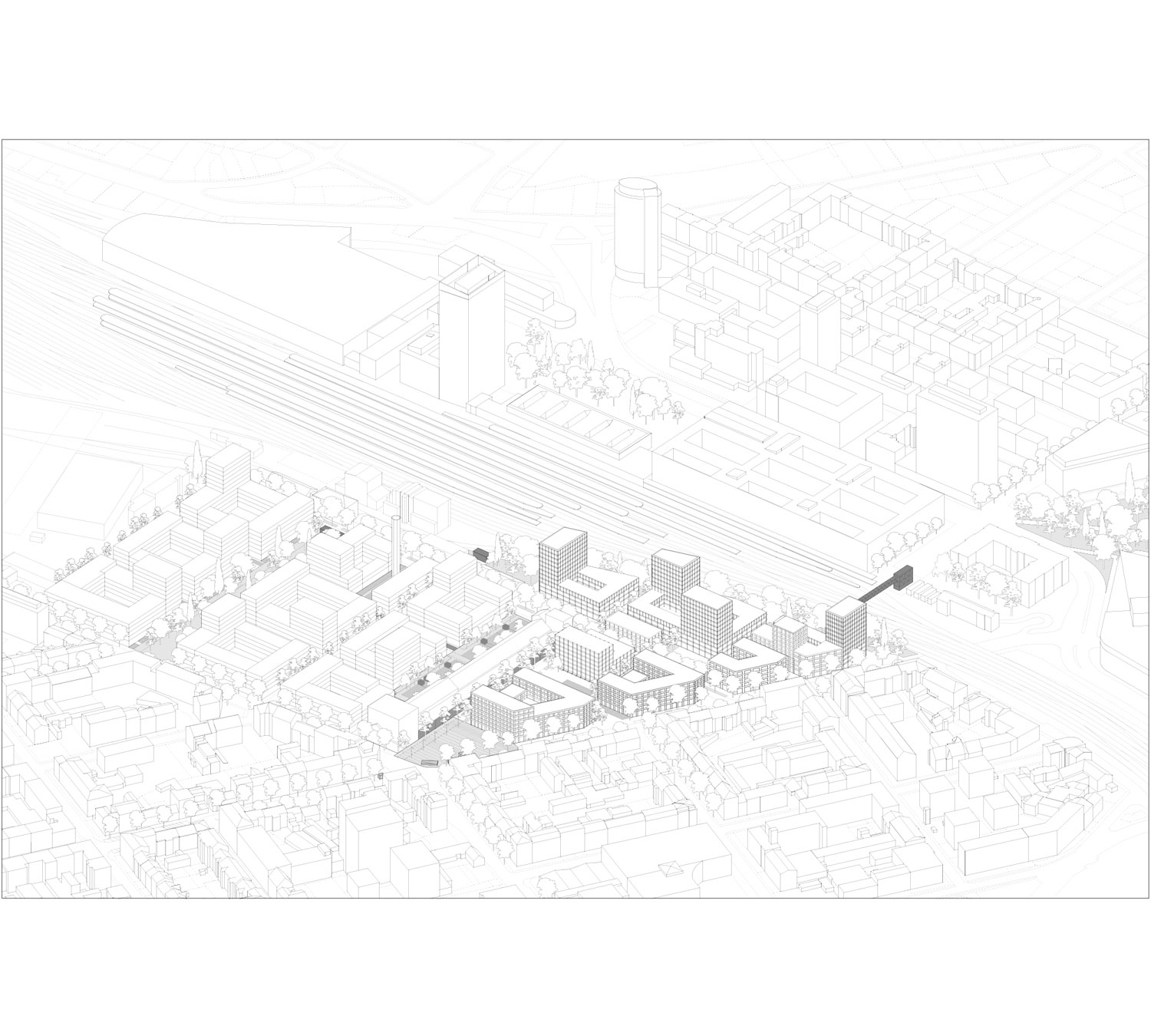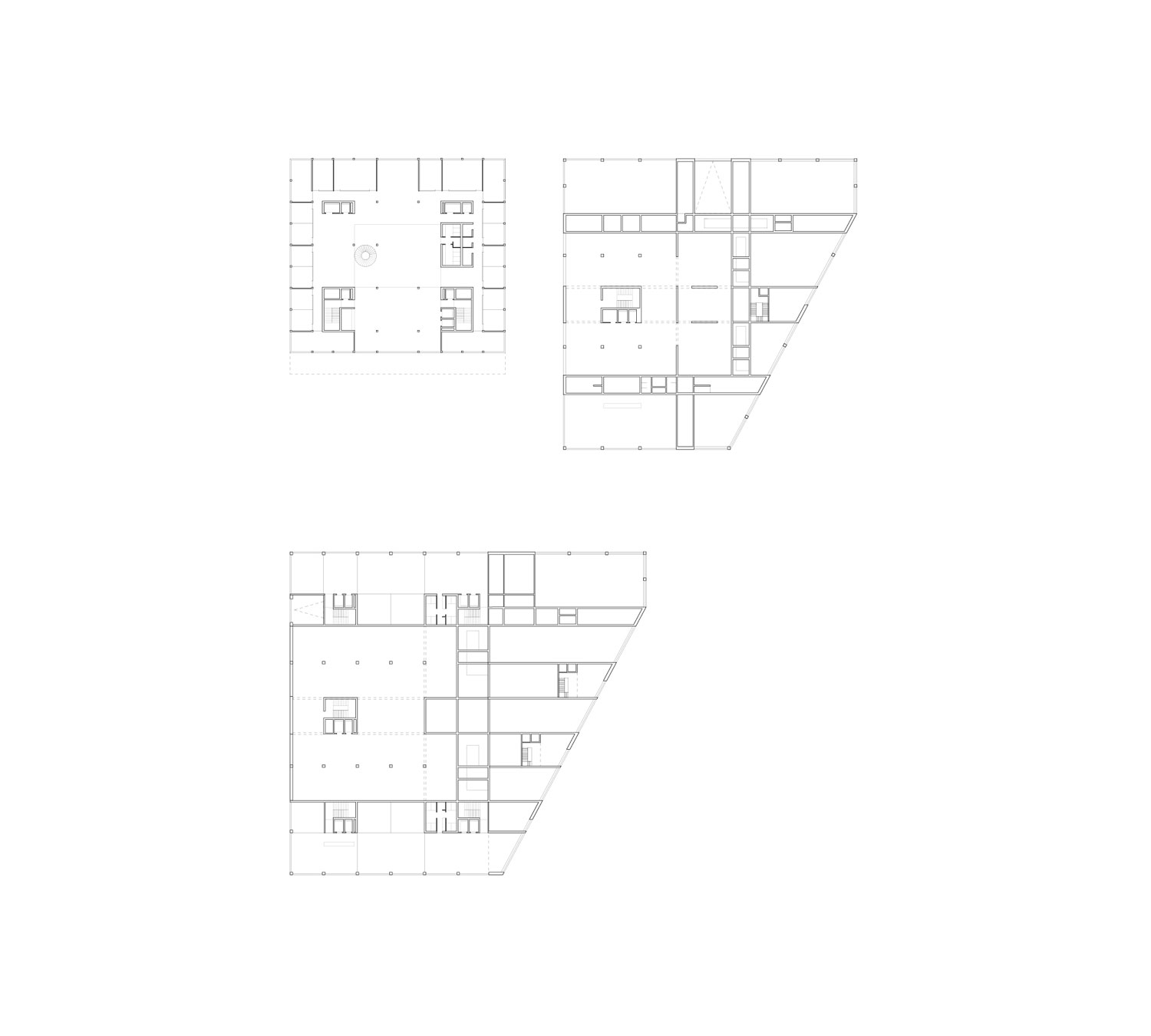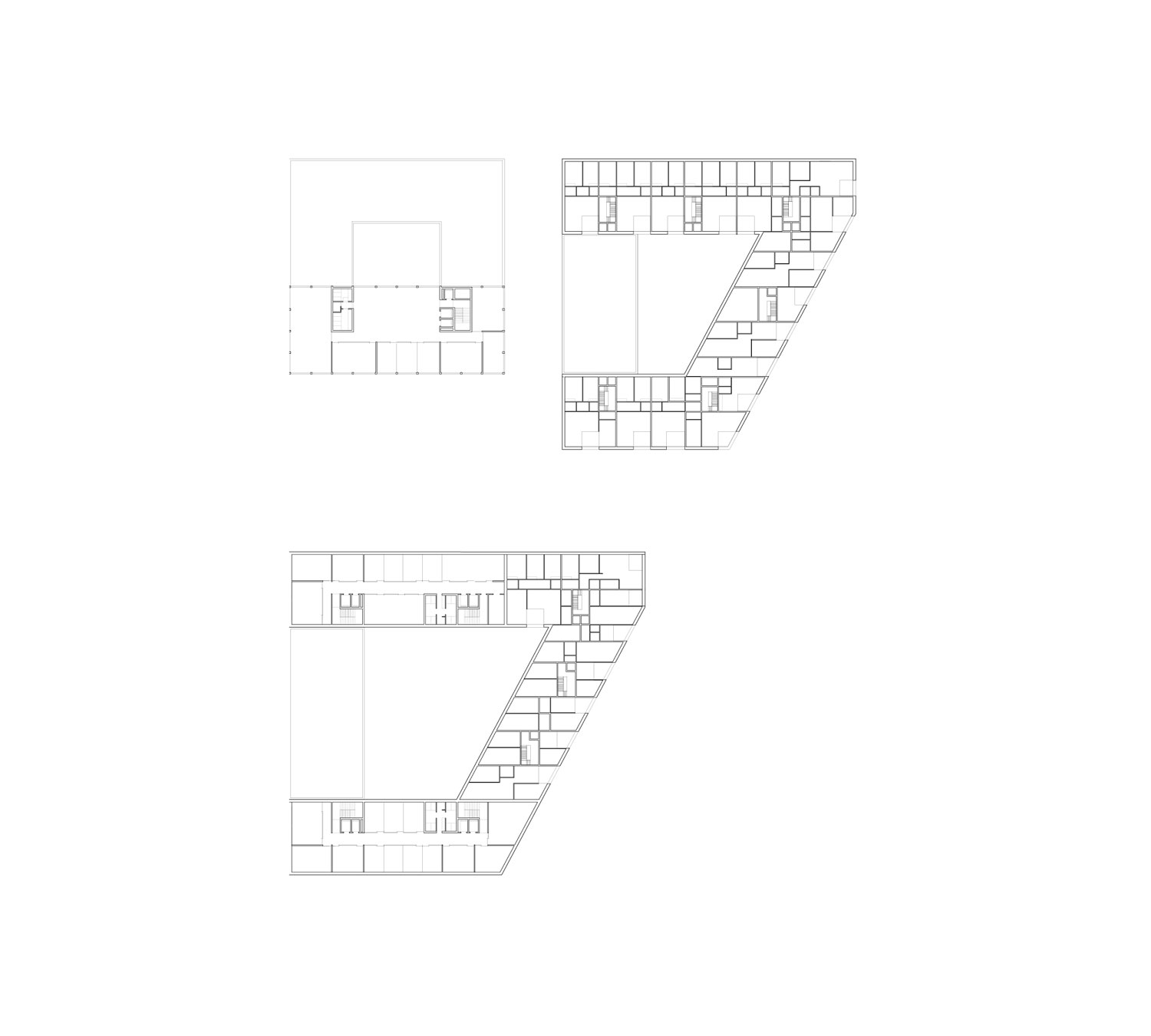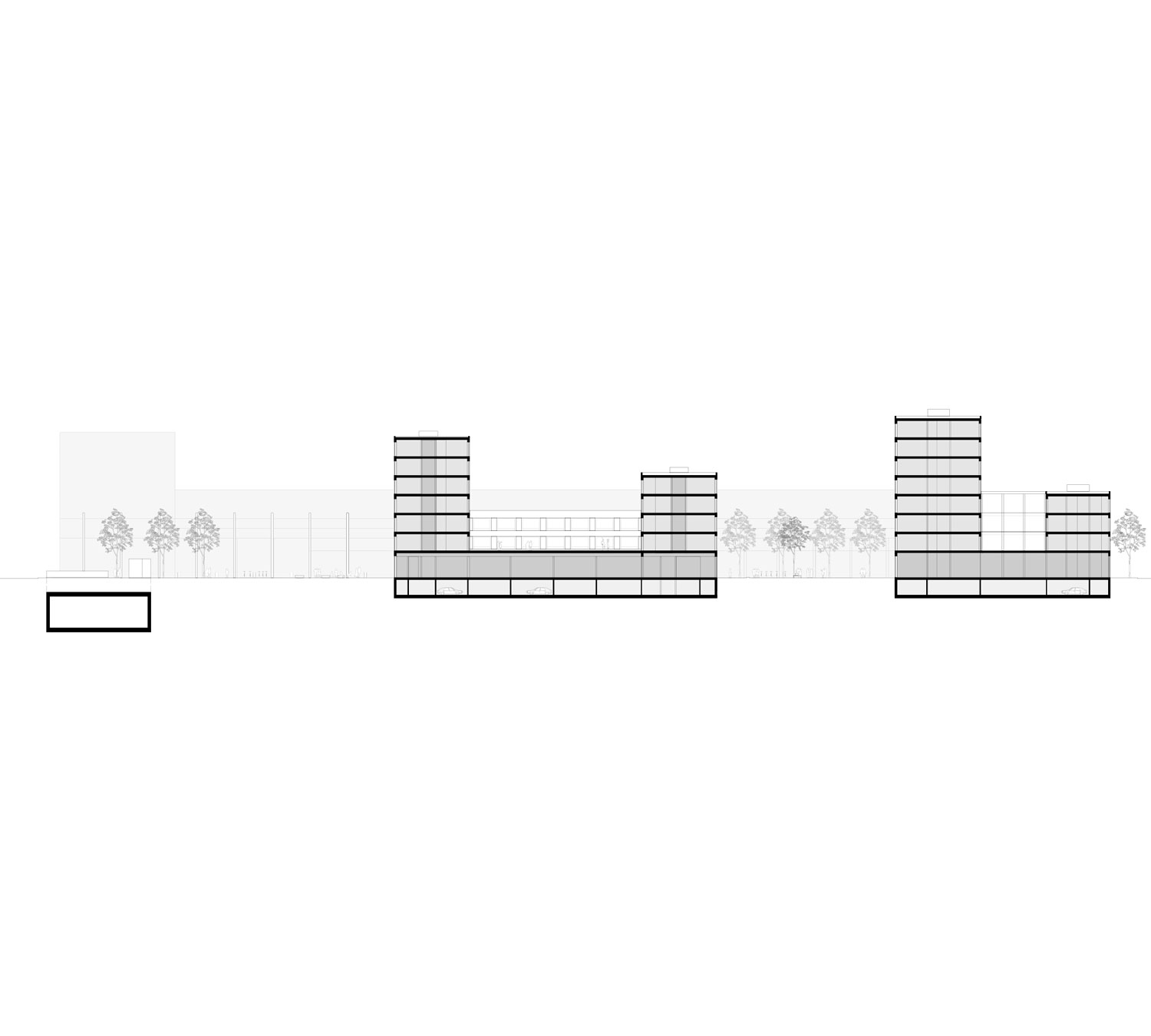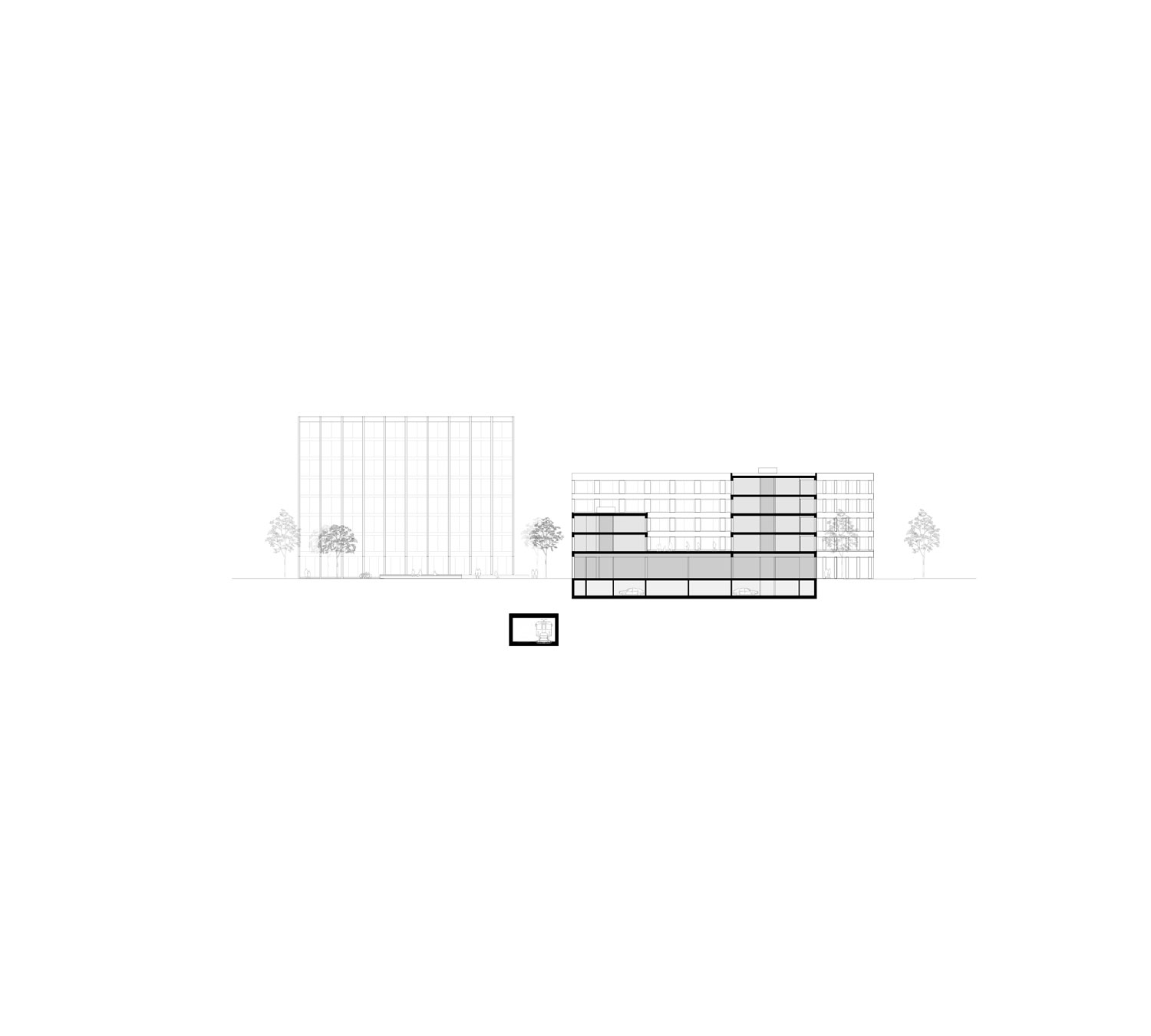2138-SZA-LNZ.AT-2017
Clients: Europan, City of Linz, ÖBBReal Estate Management GmbH
Status: Competition (2017)
Clasification: 1 prize
Location: Linz, Austria
Coordinates: 48.2881505,14.2912027
Climate: Continental, Temperate
Material: Undefined
Environments: Railway, Urban
Visualizer: Studio
Scale: Extralarge
Types: Masterplan, Public space
Positioned south of the tracks of the central station and next to Wienerstrasse and the tram station, the project site benefits from a high level of accessibility able to turn it into a new centrality at the regional and national level.
Often the conversion of industrial site translates into urban figures detached and avoid from the surrounding context.
Contrary to these positions our project proposes a series of strategies:
– Adaptive reuse of industrial heritages as a way to define the character of the future community by providing a tangible link with the past.
– Interpretation of the borders not as lines, but as spaces, areas of interactions between the surrounding urban situations and the new structure.
– Enhancement of North South urban connections.
– Main vehicular accessibility from Wienerstrasse along the northsouth border and from Unionstrasse through the existing internal road meant as the backbones of the project.
– Declination of the grid – the organizational system used to define the forma urbis of the project – into a tartan: a pattern consisting of crisscrossing horizontal and vertical bands, each one representing a different mode of transportation and a different type of space. Proposal of supralocal facilities such as a technohub, positioned in the core of the southern zone, meant to create a scalar economy attracting capitals and expertise.
A new framework plan is provided to start an urban transformation in which the site will keep the potential to offer spaces for work within the city, for new industries as well as for other forms of industrial production. Instead of trying to foreseen the possible future program, the project provides the maximum diversity in the productive spaces, allowing multiple and varied uses within the neighborhood. Together with the buildings, also the public spaces are designed as flexible structure, able to host different programs and adaptable through time.
The project wants to create an urban concentration effect, leaving some open spaces that mark particular zones of importance. Along with a series of small squares and pocket areas, the square along Wienerstrasse, the linear park along the railway and the park along Unionstrasse are the three large public spaces, relevant at the city scale that will foster the creation of a vibrant open neighborhood seen as the inception of the new urban development south of the tracks.
